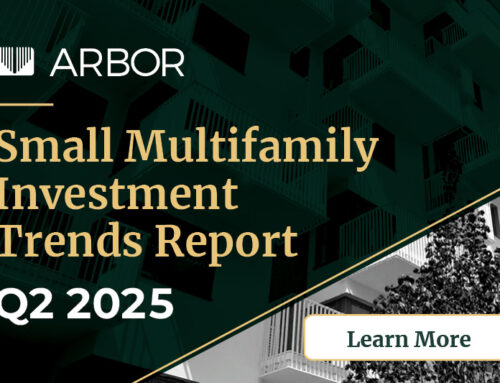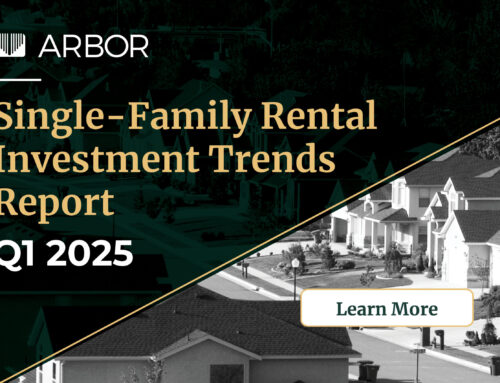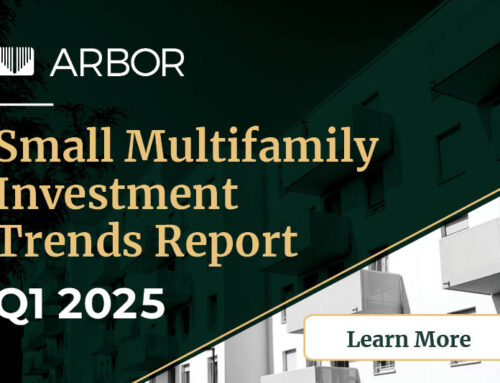This week’s roundup provides updated news about the multifamily sector and looks at the continuing growth of single-family rentals. Fannie Mae and Freddie Mac announce multifamily loan purchase caps of $70 billion each, totaling $140 billion. In our Arbor Realty Trust blog, we analyze the surge in small multifamily refinancings in the last quarter. We also provide an infographic, giving a state of the market snapshot for multifamily, overall. Next, Real Capital Analytics covers commercial property price growth, with the apartment and industrial asset classes boosting gains, compared to other property types. Finally, the National Association of Home Builders reports there was a 17% year-over-year increase in single-family build-to-rent starts in the third quarter of 2020, according to Census Bureau data.
Fannie Mae and Freddie Mac Multifamily Volume Caps Announced
Multifamily Executive – November 18, 2020
“The 2021 multifamily loan purchase caps for Fannie Mae and Freddie Mac will be $70 billion each, according to the Federal Housing Finance Agency (FHFA).”
Small Multifamily Refinancings Account for Four in Five Originations
Arbor Chatter – November 17, 2020
“The data reflects that small multifamily asset owners are active in the lending market, hoping to take advantage of preferred valuations and lower interest rates.”
U.S. Multifamily Market Snapshot — Q3 2020
Arbor Chatter – November 19, 2020
“The multifamily real estate market showed resilience in the third quarter, despite the COVID-19 pandemic.”
U.S. Industrial, Apartment Prices March Higher, Retail Fades
Real Capital Analytics – November 19, 2020
“The U.S. national rate of commercial property price growth rose in October as the weight of capital into the high-flying apartment and industrial sectors boosted gains.”
Single-Family Built-for-Rent Construction Expands
NAHB – November 18, 2020
“The SFBFR market is a way to add single-family inventory amid concerns over housing affordability and downpayment requirements in the for-sale market, particularly during a period of when people want more space and single-family structures.”







